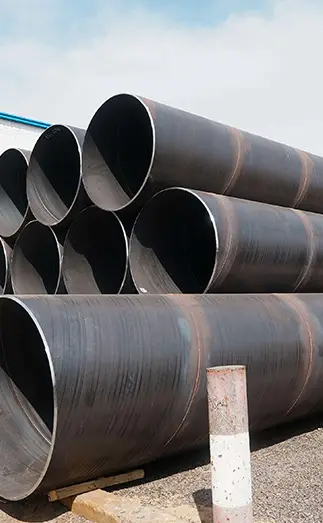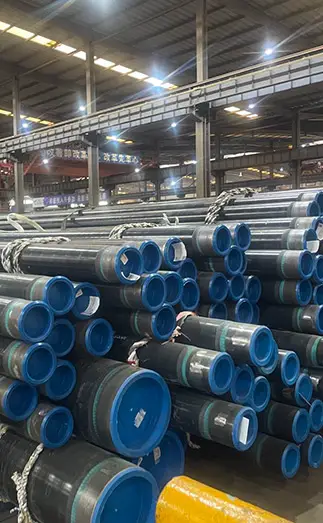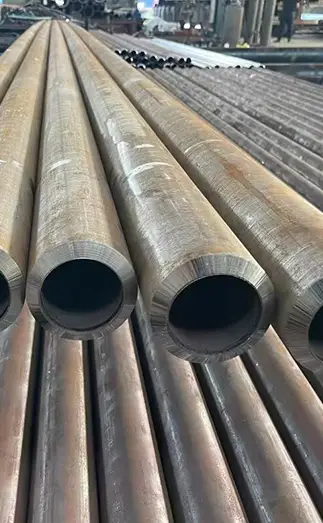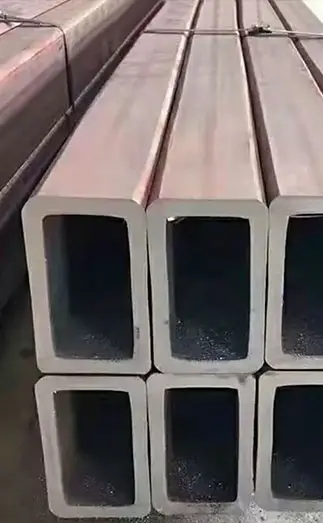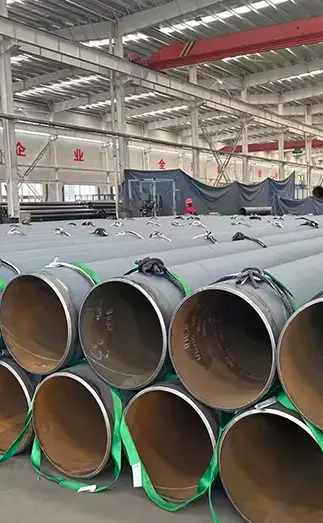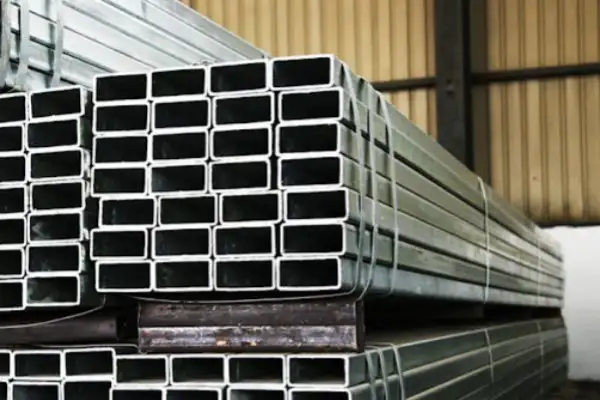Square tubes and rectangular tubes are steel pipes with a square or rectangular cross-section, commonly made from carbon steel, alloy steel, or stainless steel. Thanks to their flat sides and angular geometry, they are more suitable than round pipes in many applications, such as structural frameworks, machinery, and construction projects.
To maintain their quality and service life, proper storage is essential to prevent rust, deformation, and surface damage. Below are detailed guidelines for storing square and rectangular tubes safely and effectively.
1. Store Indoors Whenever Possible
Climate-Controlled Environment: Store tubes in a dry, well-ventilated warehouse to avoid exposure to moisture and humidity that can cause corrosion.
Weather Protection: If indoor storage isn’t available, cover the tubes with waterproof tarpaulins or plastic sheets to protect them from rain and condensation.
2. Elevate the Tubes Off the Ground
Use Pallets or Racks: Place the tubes on wooden pallets, metal racks, or supports to keep them elevated. This prevents direct contact with the ground and allows air to circulate underneath.
Avoid Ground Moisture: Direct ground contact often leads to moisture accumulation and rust formation, especially in outdoor environments.
3. Stack Properly and Securely
Flat, Stable Surface: Ensure the ground or rack surface is level and firm to prevent movement or rolling.
Uniform Stacking: Stack tubes evenly and neatly, with larger and heavier tubes at the bottom.
Use Spacers: Insert wooden or rubber spacers between layers to reduce friction, prevent dents, and improve ventilation.
Height Control: Avoid stacking too high to prevent bending, deformation, or collapse.
4. Protect Against Corrosion
Apply Rust Inhibitors: Before long-term storage, apply anti-rust oil or protective coatings to the tube surfaces, particularly for carbon steel types.
Ensure Ventilation: Keep the storage area well-ventilated to prevent condensation buildup, which can accelerate rusting.
5. Label and Organize Clearly
Identification Tags: Label each stack with information such as size, grade, and intended use for easy access and tracking.
Systematic Layout: Arrange tubes by dimension, material, or project to minimize handling and reduce damage during retrieval.
6. Avoid Overloading
Check Weight Capacity: Confirm that racks or pallets can safely support the total load of stored tubes.
Even Distribution: Distribute weight evenly across supports to avoid bending or structural failure.
7. Conduct Regular Inspections
Routine Checks: Inspect stored tubes periodically for rust, warping, or physical damage.
Rotate Stock: Practice first-in, first-out (FIFO) rotation to ensure older tubes are used first and do not deteriorate during prolonged storage.
8. Follow Safe Handling Procedures
Use Proper Equipment: Employ forklifts, cranes, or hoists to move tubes safely and avoid impact damage.
Train Personnel: Ensure workers are trained in safe lifting and stacking methods to prevent accidents and material loss.
Conclusion
By following these storage best practices, you can ensure that your square and rectangular steel tubes remain in optimal condition—free from corrosion, deformation, and structural damage. Proper organization, environmental control, and regular maintenance not only extend the lifespan of the tubes but also improve safety and efficiency in your storage operations.



 English
English Español
Español Français
Français بالعربية
بالعربية